The increase in the world population has not only caused a heavy increase in the demands of people, but also the standards of living.
As it is rightly said, the foundation of all buildings must be strong to make it long lasting, the same case is also applicable where plywood is used not only in the construction industry but also, beginner woodworking projects.
This article gives a brief perspective of two majorly used types of plywood namely, Medium Density Overlay (MDO) and Medium Density Fibreboards (MDF).
To understand which one of the above mentioned is better, we must analyze all their properties and areas of applications briefly. But before that, let’s get a brief overview of what these two materials actually are.
More...
MEDIUM DENSITY OVERLAY
- MDO is basically various individual layers of wood which have grains perpendicular to each other, fused with each other with a resin impregnated overlay.
- They are formed under very high pressure and heat in order to create very strong bonds between each layer. The resin content is about 27%.
- Primarily single or both sides of the plywood are coated with a 100% waterproof fibrous coating.
- It is used both for internal and external applications, mainly wood shelving, sign boards etc. to name a few.
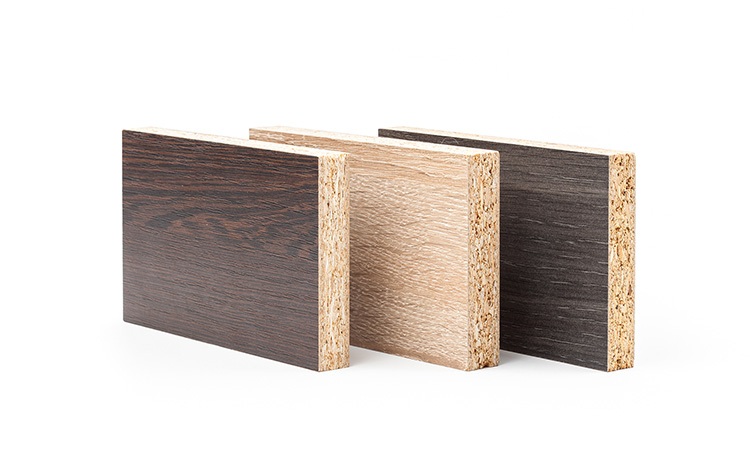
MEDIUM DENSITY FIBREBOARDS
- MDF is a plywood material made up of broken wood fiber, which is reconstructed into different shapes of varying widths. The final product is obtained by fusing it with resin based glue under high pressure and heat conditions for efficient and dense binding.
- Paraffin wax is also added into the composition mixture in order to make it a bit water repellent.
- The main composition is of 82% wood fiber, 9% resin glue, 8% water and 1% paraffin wax.
- It is majorly used for internal applications like for decorative structures shelves etc.
HOW TO CHOOSE THE MATERIAL?
In the many applications that engineered plywood has, a few important parameters always need to be carefully considered and specifically analyzed when it comes to a using the material specifically for a particular use or condition.
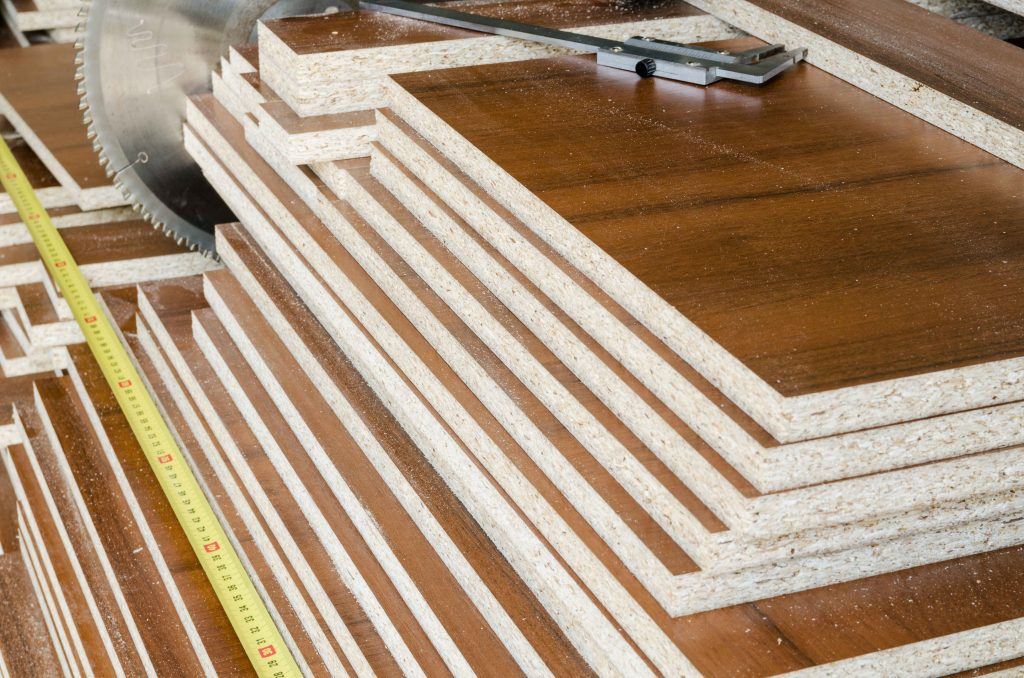
A few important parameters that woodworkers look into are:
- Density
- Application
- Resistance to corrosion
- Resistance to water
- Suitable to use in which weather condition
- Durability
- Cost Effectiveness of the material
- Ease of availability
- Maintenance
This section of the article covers the performance of MDO and MDF as per various parameters.
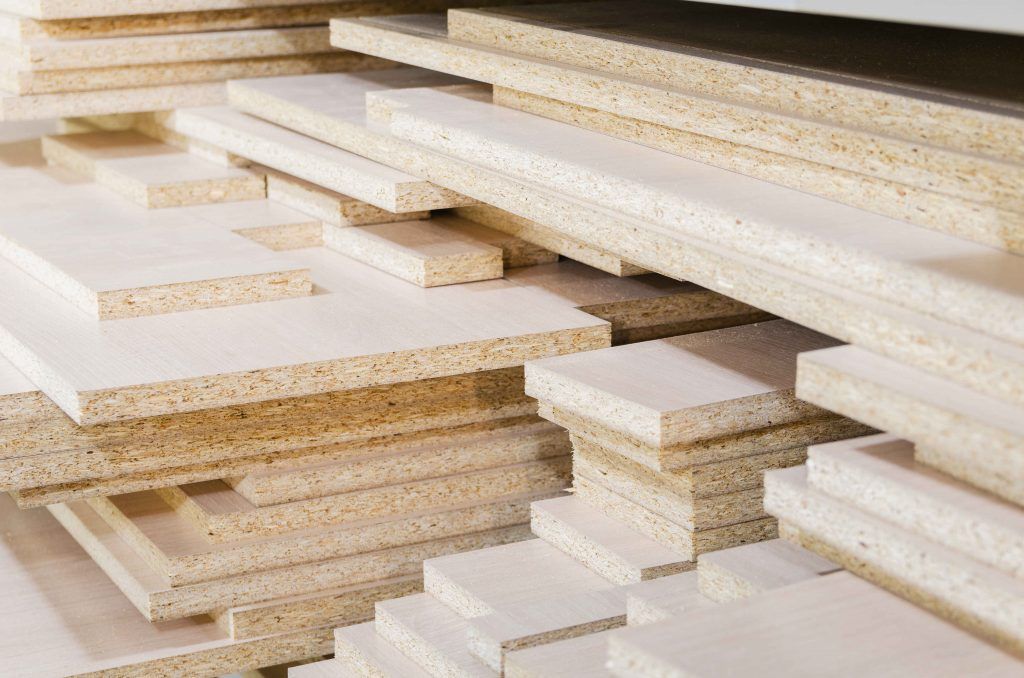
WEATHER RESISTANCE
- Being impregnated with a resistant layer of resin, MDO is designed to handle the extreme conditions of UV rays, heat, and humidity. This is not observed in the case of MDF, where the application of humidity and heat can instantly degrade the material and make it easily accessible to termite etc.
- With the impregnated regular resin coating on its top, MDO is also resistant to chemicals and regular wear and tear, better as compared to MDF.
Example:
- This property of MDO makes it suitable to be used for any external application like signboards, flex sheets and so on, which require being used in areas or applications where the weather conditions are severe.
- This not only helps save the cost of maintenance of the material but also its life and the frequency of its replacement.
DURABILITY AND STRUCTURAL SUPPORT
- Formed in a perpendicular fashion with an impregnated resin glue, MDO stands out to be more durable and strong as compared to MDF which is made of raw sawdust as it’s base element.
- MDO is chipping and wear and tear resistant too.
Example:
- MDO is more suitable to be used when the panel size or weight is heavy for external or internal applications. MDF, on the other hand, might sink in from the center due to the pull from the center of gravity of its structure, thereby leading to a collapse.
- This property is credited to the higher Tensile Strength of MDO over MDF.
- Also, the length of the panel plays an important role in this situation, where MDF sheets which are larger than around 15 inches collapse from the center. This is not observed in case MDO is used and to greater lengths too.
DENSITY AND MATERIAL WEIGHT
- With better durability than MDF, MDO stands out again to be a denser material which can be used in cases where heavy weights need to be handled by the plywood. Even though MDO is stronger and denser than MDF, it is lighter in weight as compared to MDF.
SURFACE PROPERTIES
- When it comes to the surface properties, MDO has a slicker and smoother surface for lettering on and painting as compared to MDF. Though in real life application, coating both plywood materials with a thick layer help them stand out and makes them visibly very attractive as well.
- Though it is advisable that the edges of both plywood types should be sealed before the application of paint.
COST
- As compared to regular hardwood, both MDO and MDF are in the reasonable and cheaper range when it comes to buying them.
- But when the costs of MDO and MDF are compared, MDO is a litter more expensive due to the extensive and elaborate manufacturing process that it is prepared from.
EASE OF USAGE
- Keeping all the properties listed above in mind, MDO is definitely the choice over MDF when it comes to ease of using the material.
- Being weather, chemical and water resistant, MDO is easy to transport in open containers and vessels. Whereas a proper covering and overall arrangement of MDF plywood must be taken care of.
- Being dimensionally stable, MDO is easy to cut and scrape, whereas the saw dust base of MDF makes it tough to handle. This might also lead to unwanted health hazards and respiratory issues.
- Personal Protective Equipment (PPE) including goggles, gloves, masks are necessary while using the material in order to protect the worker from the health hazards related to it.
- Bullet Point 2
APPLICATIONS
After a closer analysis of the various parameters which are used to choose the material, it is important to know where they can be used in order to increase the quality of the product being used:
Applications of MDO
- Due to its highly durable and robust nature, MDO is majorly used for all Highway signboards. This not only gives a chance to easily paint and letter them but also saves the time when it should be replaced and hence the overall cost of the project.
- Concrete made of MDO are easy to wash and scrape off.
- It may also be used to make garage doors and safety fences due to high strength.
- Being environment and chemically resistant, it is used to make chimney enclosures too.
- As an internal housing application, MDO is used to make decorative pieces, woodworks, door panels.
- It is also used to make walls, shelves and small scale partitions in newly constructed and beginner woodworking projects due to its ability to be easily handled and used.
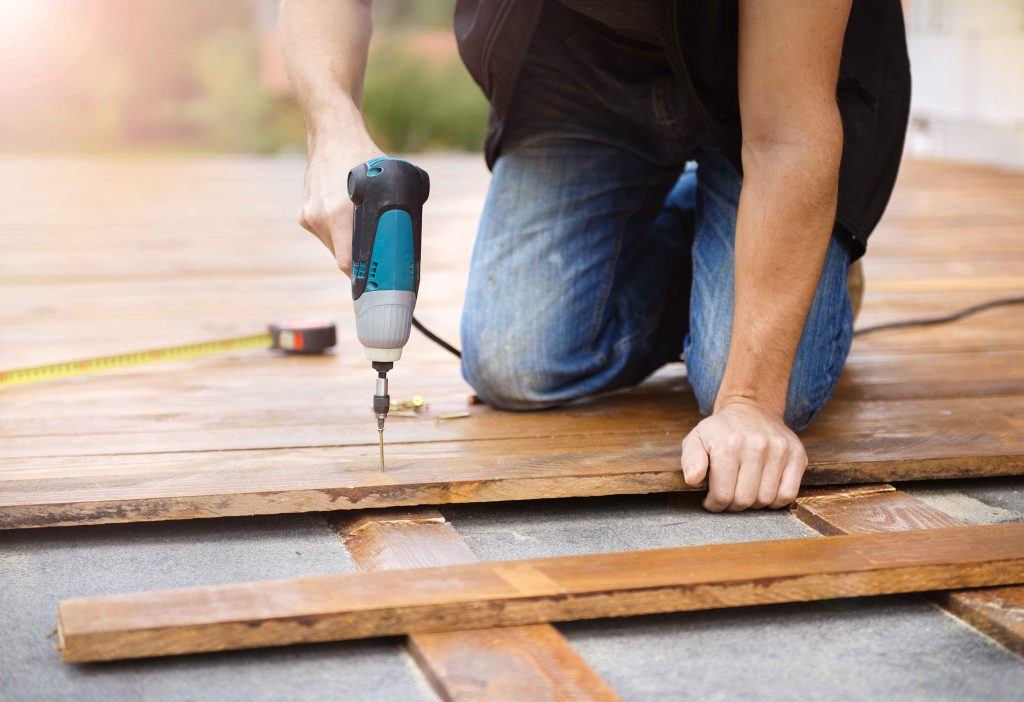
Applications of MDF
- Due to the complications in its manufacturing and difficulties mentioned, MDF is preferred to be majorly for internal applications.
- Because of its flexibility, it is used for beginner woodworking projects where there is a scope for experimentation.
- It is used to make wardrobes, cupboards and table tops which do not require high tensile strength.
- Extensive usage in kitchen and bathroom interiors.
- Also used as storage backs, toys, board pallets and door skins to be painted.
CONS WHILE USING MDF
- The resin used in the manufacturing of MDF is in usual cases a urea-formaldehyde based resin. In many cases, the use of this chemical leads to the emission of formaldehyde gas. Prolonged exposure to this gas has both environmental concerns as well as health hazards for humans and living organisms that might get exposed to it. This may also give rise to risks like cancer.
- As the base component is sawdust, it is found to be hazardous to those suffering from respiratory problems.
- Due to low core strength, it bends on the application of heavy weight.
- In case it comes in contact with water, it swells up and is then a waste.
- Panels are heavy to operate and use as the resin base used in heavy.
- Maintaining MDF is always an issue as in cases where it cracks; the whole product/panel then needs to be replaced.

CONCLUSION
Medium Density Overlay Plywood and Medium Density Fibreboard plywood are two major extensively used wood materials used. As compared to the hardwood, they are cheaper in rates and have a wider range of application too.
Medium Density Overlay is prepared using a number of layers of wood that are fused together in the presence of high pressure and heat. The tops of both sides are impregnated with a specialty resin material that binds the plywood and also makes the surfaces smooth and easy for lettering and painting.
Among its various properties, MDO is considered to be highly durable and strong due to its high tensile strength caused because of the internal bonding. The glue used to fuse the wooden layers together is 100% water and corrosion resistant, making the material unaffected by weather conditions of humidity as well as wear and tear.
It also has consistent drying time due to the resin insulation on the surfaces. Keeping all these factors in mind it is majorly used in extreme and outdoor conditions like slides, highway signboards, chimney enclosures, etc.

Medium Density Fibreboards, on the other hand, are a batch of fused wooden residual fibers or sawdust under high pressure and heating conditions. They are composed of paraffin wax, water, and a Urea-Formaldehyde resin binder. The resin may lead to the release of Formaldehyde gas, hazardous to health.
But this issue can be resolved with the application of a layer of adhesive on the surface. Being less strong and durable, it cannot handle extremely heavy weights and may collapse due to its center of gravity if used as a lengthy material. On coming in contact with water, the surface opens apart and gives it a swelled up to the texture.
It is majorly used in internal applications like design and construction of table tops, shelves, walls and small-scale household partitions.In all both types of plywood have their respective pros and cons, on the analysis of which they are used for specific applications.
But when it comes to choosing one material over the other, the Medium Density Overlay Plywood offers a wider range of opportunity, both internal as well as external. Though as compared to MDF, it is bit expensive, it can be considered to be a one-time investment, which can save future repair and replacement which may be caused due to the usage of Medium Density Fibreboards.
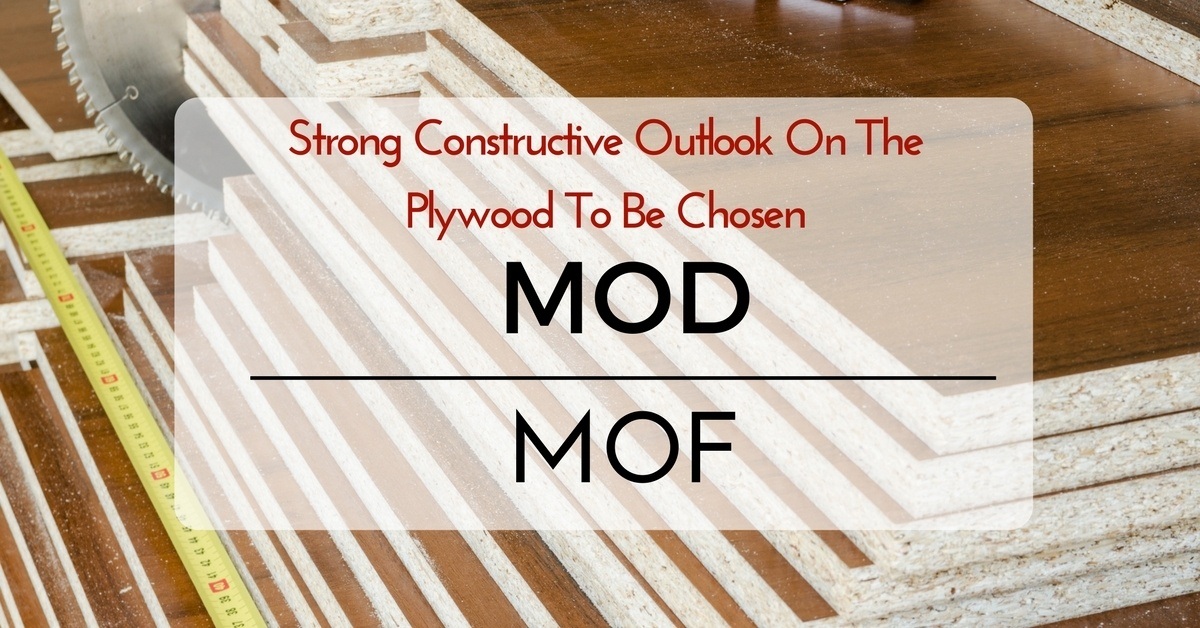
MDF is used in the making of flatpack furniture of all kinds. Wardrobes, beds, shelves, tables, dressers, etc.
What is more, they are also used in the making of not only interior doors but front doors as well. But of course, you would need to use something to reinforce the door. But using MDF for the making of doors, makes them affordable for many people who are on a budget.
Even though some people stay away from MDO and MDF, they are not bad. They are just another type of material used to make a variety of affordable furniture and doors.
Flat Pack Mates